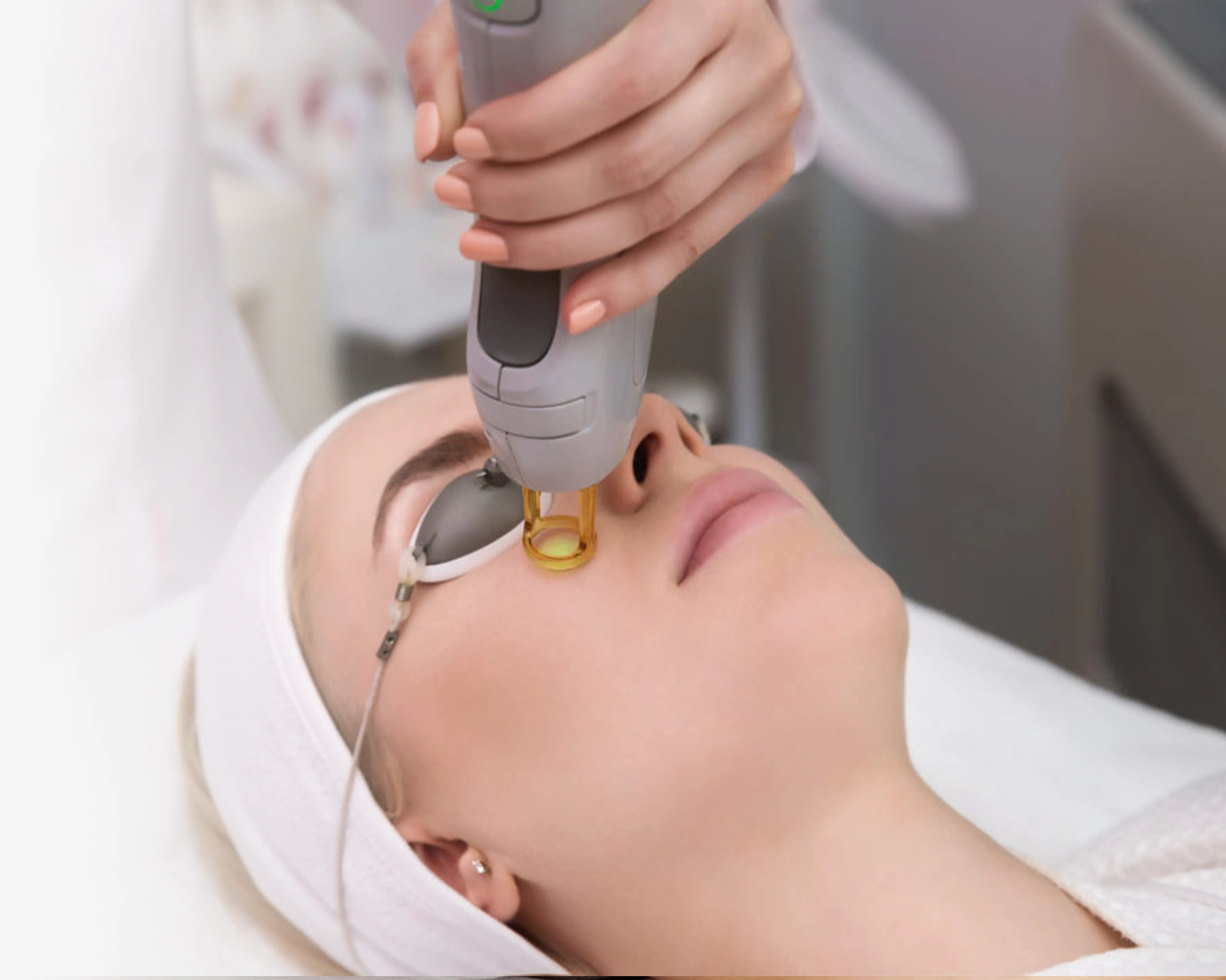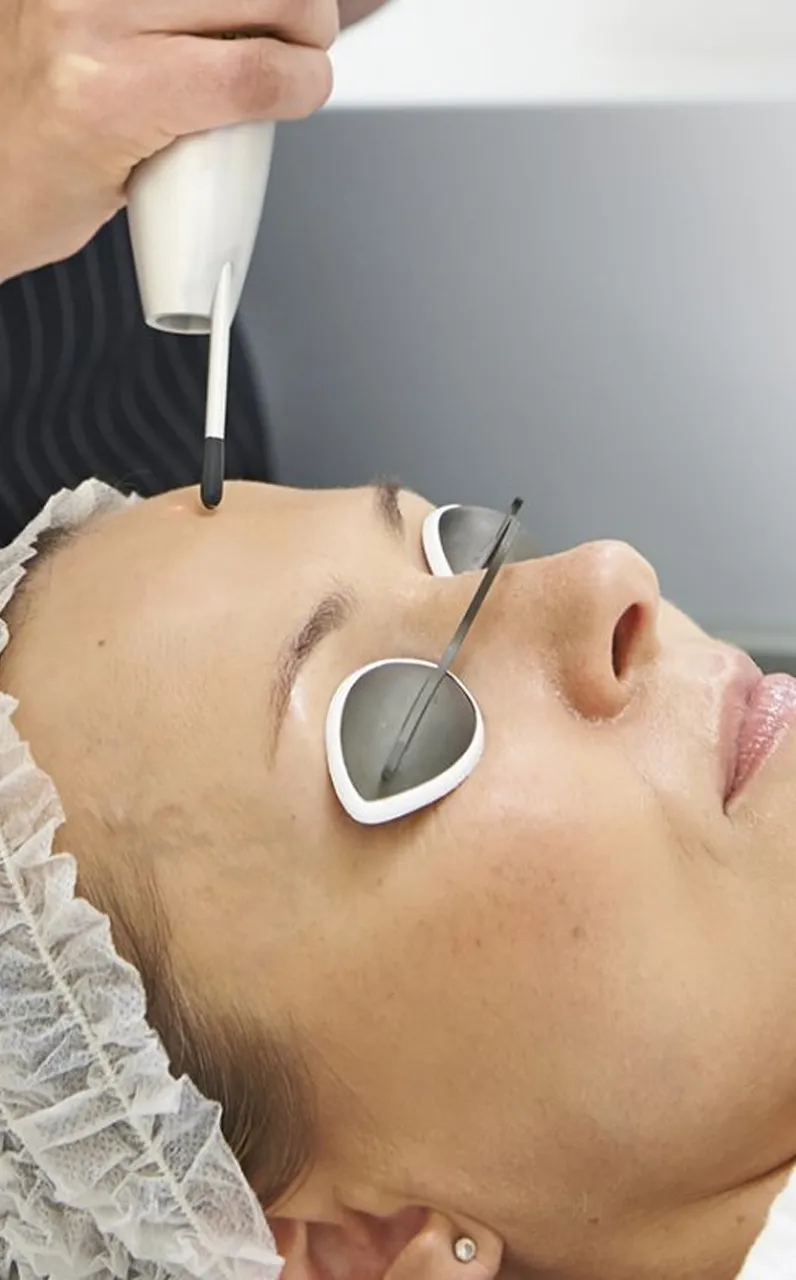Achieve Clearer, Brighter Skin
With Q-Switch Laser Treatment at AlKhaleej Clinics
Q-switched lasers are advanced medical devices designed to target and effectively treat various skin concerns, including pigmentation issues, uneven skin tone, and unwanted tattoos. At AlKhaleej Clinics, we offer Q-switch laser treatments to help you achieve clearer, brighter skin and address a range of cosmetic concerns safely and effectively.
















